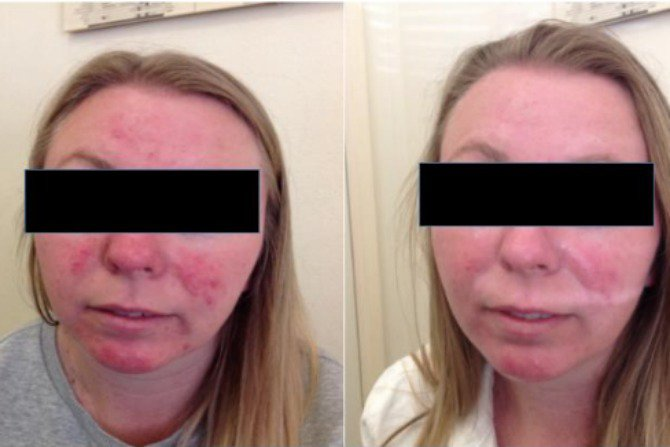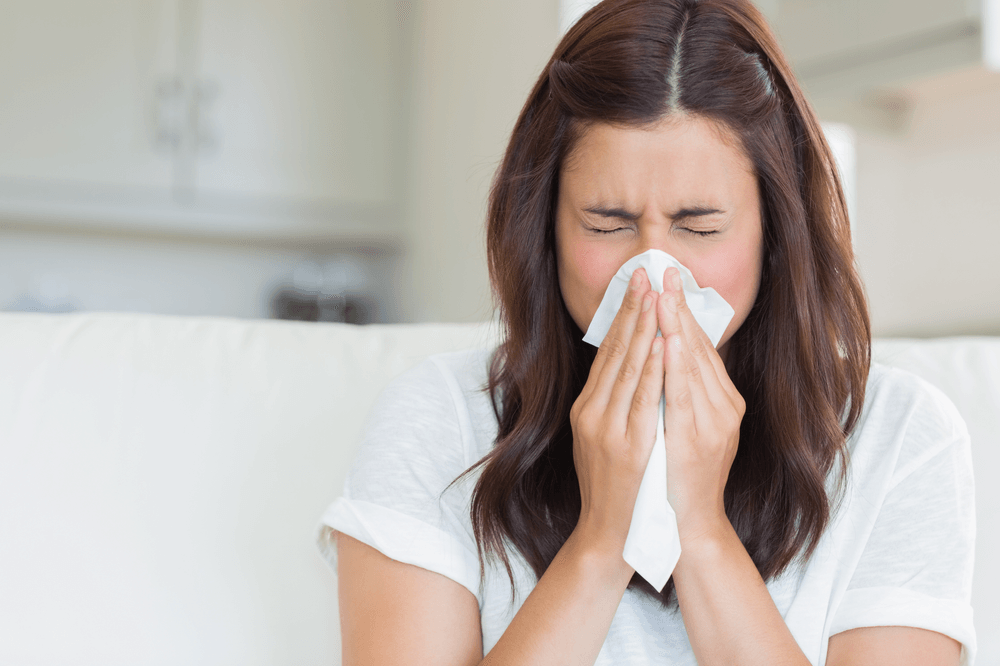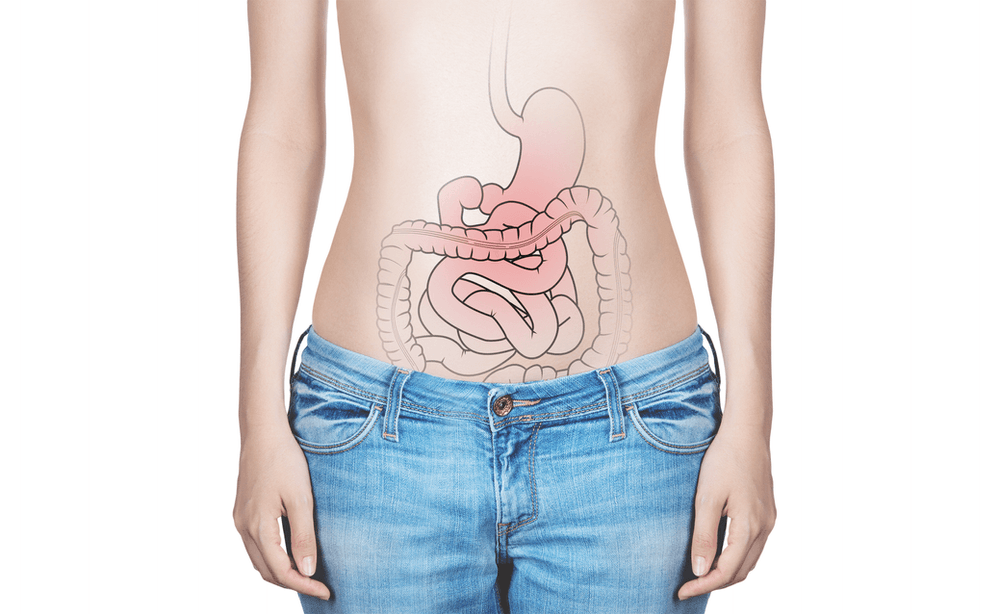HerCanberra's Article: 5 Common Skin Conditions You May Not Know You Have
I had the pleasure of chatting to the team at HerCanberra recently about the 5 most common skin conditions people may not know they have.
The HerCanberra team produced a fantastic article, which I've included below but the link to the full article is also at the end of the article.

SKIN CAN BE A DUBIOUS THING: ONE DAY EVERYTHING IS FINE, THE NEXT, IT’S AN ITCHING, BURNING DISASTER.
In your lifetime, it’s likely you’ll have at least one common skin condition, whether it’s skin tags, rosacea or discolouration. But why does it happen, what are the treatment options and can it signal something more sinister? Don’t just rely on Google: it can be a cesspool of ill-informed suggestions and home remedies. To help suss it all out, we speak to Luke Clews at Healthy Skin Solutions in Kingston.
1. Rosacea
What: This chronic skin condition most commonly affects people aged between 30 and 60, with women suffering from it significantly more than men. Usually it presents on the nose, cheeks, forehead and chin with symptoms like red, flushed skin and papules (raised, red lesions) and pustules. It is usually quite a sensitive condition and can flare suddenly, with stinging and burning being a common symptom.
Why: Triggers of flare-ups vary but common ones include sensitivities to face creams, sunlight, alcohol, spicy foods and even hot showers. The cause (or causes) of rosacea have not been identified but a number of factors are associated with its development including sun-damaged skin, Demodex follicularum skin mites andHelicobacter pylori infections.
Treatment: Rosacea can be treated effectively, but it is very important to ensure that all triggers are identified and avoided as well as using the appropriate medications (topical and oral).
2. Skin tags (acrochordons / papillomas / soft fibromas / fibroepithelial polyps)
What: These harmless skin lesions form most commonly in skin creases (e.g. groin, armpit, eyelids) and usually don’t grow larger than a grain of rice.
Why: While their occurrence is mostly thought to be a consequence of ageing, there is a growing belief that the presence of multiple skin tags indicates the presence of insulin resistance (a precursor of type 2 diabetes) in the patient.
Treatment: While they are benign, many people don’t like the way they look and have them removed either via excision (with a scalpel), cryotherapy (frozen off) or ligation (tying thread around the base).
3. Acanthosis nigricans
What: Acanthosis nigricans is another common problem that occurs in body folds that is associated with insulin resistance, a precursor of type 2 diabetes. Sufferers experience a darkening and thickening of skin in their armpits, groins or on the back of their necks.
Why: It is actually more accurate to think of acanthosis nigricans as a symptom of an underlying disease, rather than a distinct disease itself. Other causes can be diseases of the endocrine system such as Polycystic Ovarian Syndrome (PCOS), Adison’s disease or Cushing’s syndrome. Lastly, certain medications can cause acanthosis nigricans (hormone treatments, corticosteroids, insulin and nicotinic acid). It should also be noted that in rare cases this disorder can be a symptom of cancer.
Treatment: Treatment revolves around ensuring the sufferer addresses the cause of the disease; their blood sugar imbalance, as well as using appropriate topical preparation to lighten skin (if appropriate).
4. Keratosis pilaris
What: Known colloquially as “chicken skin”, this harmless condition is very common, affecting 50-80 per cent of adolescents and up to 50 per cent of adults, with the prevalence reducing with age.
Why: It is caused by an excess of the skin protein keratin blocking the top of hair follicles, leaving the skin with a rough, bumpy and sometimes reddened appearance. It usually presents on the upper arms, but also commonly arises on the face (where it can be mistaken for acne), thighs and buttocks.
Treatment: While the problem doesn’t cause any lasting harm to an individual, some people dislike the cosmetic appearance and use various methods to reduce the symptoms. These include topical creams and ointments, pumice stones and exfoliating and pulsed laser treatment. However, these are unlikely to provide a long-term solution and will generally need to be repeated.
5. Dandruff / Seborrheic dermatitis
What: Dandruff is the shedding of dead skin cells from the scalp that causes flakes of skin to appear. Dandruff is a common condition, which is commonly accompanied by itching.
Why: Dandruff is so common that people generally wouldn’t consider it to be a disease at all, but it can indicate the presence of a fungal infection (Malassezia globosa), dermatitis or (more rarely) psoriasis. A small amount of flaky skin on the scalp is perfectly normal, but if a person is constantly brushing their shoulders clean and scratching their scalp, then it may be time to have it looked into.
Treatment: Most cases can be treated with medicated shampoos, as the disease is restricted to the upper layers of skin. However, in the cases of dermatitis and psoriasis it is vital to treat the causes of the disease, making a more comprehensive program necessary. And for the Mums out there; cradle cap is actually an infantile form of dermatitis!
If any of the above problems persist, contact Healthy Skin Solutions for a consultation on 6295 6040 or visit their website at healthyskinsolutions.com.au
http://hercanberra.com.au/cplife/5-common-skin-conditions-you-may-not-know-you-have/












